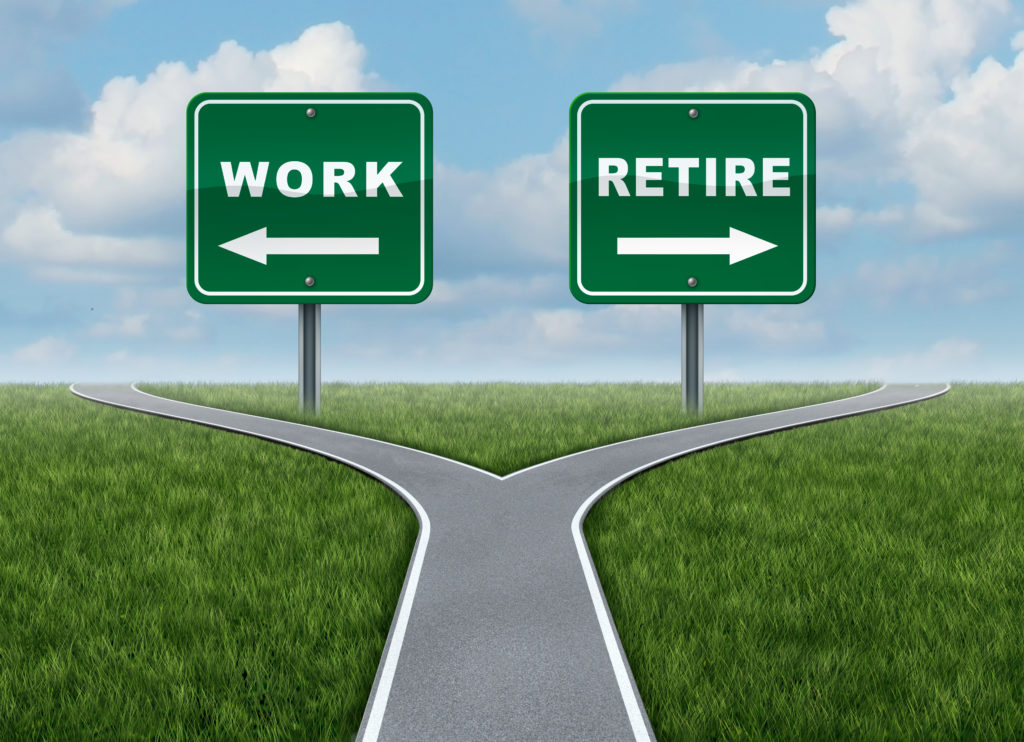
Source: NY Times
By Elizabeth Harris
So many factors cause volatility in the markets, making it tricky even for the experts to know what’s next. They still have ideas.
For every investor, the world has become a hard place. There’s volatility for stocks and bonds. Rising interest rates and inflation. Economic uncertainty from the Russian invasion of Ukraine and the persistent pandemic. But those who are retired, and those who are approaching retirement, are in special circumstances.
“It’s kind of a Rubik’s cube of risk factors,” said Christine Benz, director of personal finance and retirement planning for Morningstar.
Even the professionals, like those who study risk management, have trouble gauging how events will unfold. Reflecting these new challenges, the International Monetary Fund reduced its forecast for global economic growth this week, expecting it to slow to an estimated 3.6 percent in 2022 and 2023 from about 6 percent in 2021.
Roger G. Ibbotson, who has studied long-term stock and bond returns for decades and is emeritus professor at the Yale School of Management, sees today’s current volatility as an example of investors’ re-evaluating risks.
“Things are being reassessed — how to price everything, where Europe is in some jeopardy,” Dr. Ibbotson said. “It’s obviously a scary time, and markets react to that.”
Traditionally, if investors want to reduce risk, they shift out of stocks and into bonds. But with inflation and interest rate increases bearing down on them, and pushing bonds down, he says that if investors respond “the way you would typically handle it, we’ve got a problem.”INVESTMENT RISKSHow to Endure the Big Decline in Bonds
Investing always comes with degrees of uncertainty. But as older investors look ahead, how should they regard risk right now? And what are some of the strategies for recalibrating? We asked some experts, who homed in on four approaches to consider in this market.

Look at downside protection
How do you assess your own personal risk? When facing choppy markets, Ms. Benz advises retirees to perform a simple back-of-the-envelope estimate (that envelope might be even better as a spreadsheet) of the living expenses they would typically draw from their portfolio. Ideally, she said, retirees should keep one to two years of portfolio withdrawals in easy-to-access cash positions to avoid selling long-term investments at an inopportune time.
“It is important to not confuse risk with volatility, because volatility is something we have to live with,” Ms. Benz said. “Checking your liquid and near-liquid reserves, that’s a way of understanding how much of a buffer you have and how long a downturn you can sustain.”
For those looking to improve their flexibility, or ability to avoid selling in a volatile market, she often asks people to consider the answers to a range of questions, including: What would it look like to find a job that replaced the income you would require your portfolio to generate? What would your expenses look like if you downsized? She encourages people to consider incremental moves or changes, citing an example of a couple who wanted to live on the commuter train line in Chicago, but decided to move farther away from the city center, where housing was more affordable. The new spot allowed them access to the city but at a savings from their prior home.
Wait for Social Security
Delaying taking Social Security benefits becomes an even more effective strategy in bumpy markets, according to William Reichenstein, head of research at Social Security Solutions in Overland Park, Kan., and professor emeritus at Baylor University.
“The best returning portion of your bond portfolio is actually delaying Social Security,” Dr. Reichenstein said. “Why do most people start as soon as they can or pretty close to as soon as they can? My strong expectation is, they haven’t learned deferred gratification.”
In recent years, the number of people claiming benefits in their early 60s has been declining, with only about one-quarter of eligible 62-year-olds doing so in 2019, according the Center for Retirement Research at Boston College.
By Dr. Reichenstein’s calculations, assuming a healthy retiree with an average life span, deferring benefits generates an 8 percent return each year that they hold off. For example, a 67-year-old would collect 108 percent of his or her expected benefit by waiting until age 68, and 116 percent by delaying until age 69. Conversely, those who collect earlier, at age 62, receive only 70 percent of their expected benefit with incremental increases each year they hold off.
As an example, consider a 62-year-old with a life expectancy of 90 who began collecting a $1,400 monthly check. If he or she had waited to begin benefits at age 70, with the same life expectancy, the 62-year-old would have received an additional $124,800 in real benefits — not factoring in cost-of-living increases — and would break even at age 80 and five months, he said.
“You don’t have to live that long for delaying to really pay off,” said Dr. Reichenstein, who added that having turned 70 this month, he is looking forward to receiving his first Social Security check in May.

Consider flexible withdrawal rates
The sequence of bull and bear markets can have an outsize influence on overall portfolio health, especially if you are retired and not adding to your savings. But an analysis by the Baltimore-based investment firm T. Rowe Price found that even people who retired in the 1970s amid a period of high inflation recovered, as long as they started with a 4 percent withdrawal rate and adjusted for inflation. The same was true for retirees who faced the dot-com bust in 2000 followed by the financial crisis of 2008, if they adhered to this classic guideline.
“We’ve done research looking historically at what happens to people who retire and quickly get hit with a bear market,” said Roger Young, certified financial planner and thought leadership director with T. Rowe Price. “Our research has shown even with bad timing with retirement, people can generally get by if they have a reasonable withdrawal rate and have some willingness to adjust.”
For those who are approaching retirement, Mr. Young suggests applying the 4 percent rule as a reality check to gauge readiness to retire. “If you look at your portfolio and think, ‘I can live off of that,’ that’s a sanity check that you’re ready,” he said.
Mr. Young also cautions against putting too much emphasis on trying to achieve a 100 percent probability of success from online retirement calculators. As he tells clients, they could save very aggressively for retirement, but will they sacrifice too much too early? A more realistic approach is to build in flexibility with the understanding that as you get closer to retirement, you can adjust — perhaps by saving more or spending less.
“As things change, different opportunities open up,” Mr. Young said. “Yes, we have inflation, and we might have a little bit of pain for bond investors, but then we’ll hopefully get to a place where bond yields are higher.”
Examine debt
Global politics and market volatility are completely outside investors’ control. But personal debt is another matter entirely, and this is an ideal time to re-evaluate your own, Ms. Benz said. “If someone is trying to decide between holding more in safe investments and paying down the mortgage, do a little bit of both,” she said.
Ross Levin, a certified financial planner and founder of Accredited Investors Wealth Management in Minneapolis, said he believed that one of the biggest challenges facing investors was distinguishing between risk tolerance and risk capacity. At times like these, he sees investors sometimes conflate the two and find it tempting to take on more risk than they should when markets are rising and to pull back when markets fall. Yet reducing debt — from credit cards, student loans, your mortgage — is one of the more effective ways to reduce risk.
“The higher your fixed costs are, the less you can accept variability of returns,” Mr. Levin said. “When people are scared or anxious is when they feel like they have to do something, so you want to do the least that you have to do. People make these decisions that are binary — they should be all in or all out, and there are 100 ways to handle this.”
The guidance is different for long-term investors, like younger people or retirees who don’t need to rely on their portfolio for 10 to 20 years, Dr. Ibbotson said: “You should just ride these risks out.”


